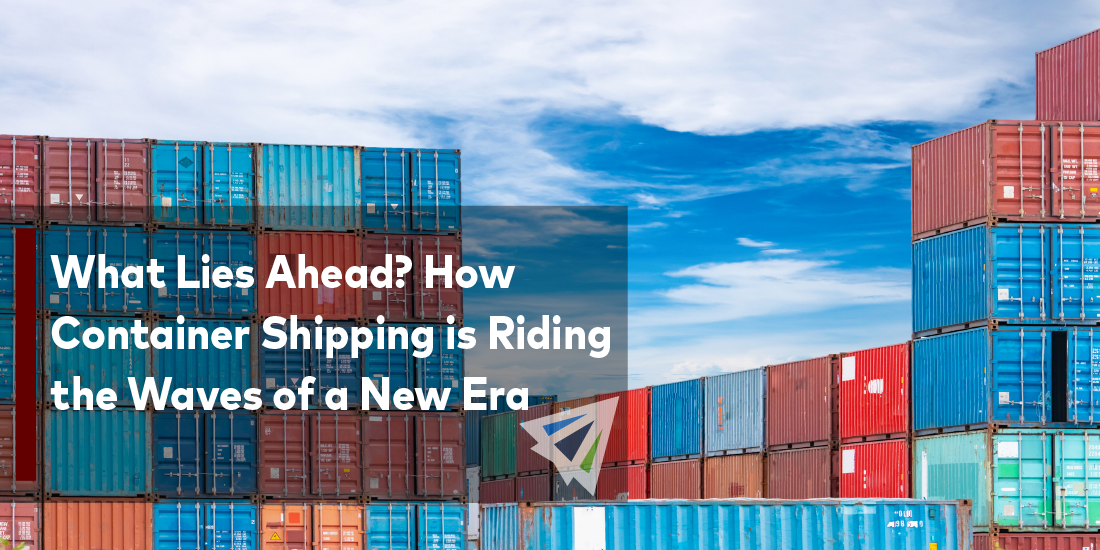The ocean container supply chain industry is rapidly changing. As time passes, old challenges become worries of the past as both new innovations and struggles await in the future. The market is quickly moving on from the pandemic period and entering an era defined by new factors, including a drastically altered geopolitical environment, national political landscape, and an impending breakup of the 2M Alliance.
The Industry Is Changing: Unpredictability
Despite rates plummeting and port congestion and delays fading away, the upcoming season of international shipping will change drastically, one of the primary ways being the acknowledgement of risk simply being a part of the equation. In the past, supply chains defined themselves by opportunity and efficiency, and risk was seldom focused on – treated instead as something that was unlikely to occur, and as a result, not built into strategic logistics strategies. But unpredictability is now assumed, and new behaviors will result from a heightened perception of risk.
New Risk Factors
New risk factors, such as geopolitics, pose fundamental questions to corporate and supply chain leaders regarding the abandonment of known suppliers and logistics infrastructure in favor of alternative locations.
The legislative and political picture around shipping has also changed in ways that could have further significant impact on the industry in the future. The disappearance of major US-based carriers as players in Washington, DC, and the emergence of powerful shipper lobbies have changed the environment around containerized supply chains. The passing of OSRA-22, which unequivocally favors shippers, and talk in Washington of legislators rewriting shipping legislation, add to the uncertainty the industry is currently facing.
Lastly, the industry was impacted by the recent announcement that Mediterranean Shipping Co. and Maersk will discontinue the 2M Alliance in a couple years sometime in the beginning of 2025. This move has sent ripples through the industry almost immediately, and raises the potential for further consolidation, putting smaller carriers at a disadvantage and putting more power in the hands of multi-billion dollar logistics companies.
What This Means for Shippers
In summary, the focus as of recent in the shipping industry is being built around the assumption that risk, increased costs, and market uncertainty are part of the equation rather than anecdotal occurrences. For shippers, this means finding a strategic shipping partner like a freight forwarder needs to be centered first and foremost around communication, strategy, and a relationship (rather than old priorities of low pricing and fast shipments according to simple RFQ returns.)
